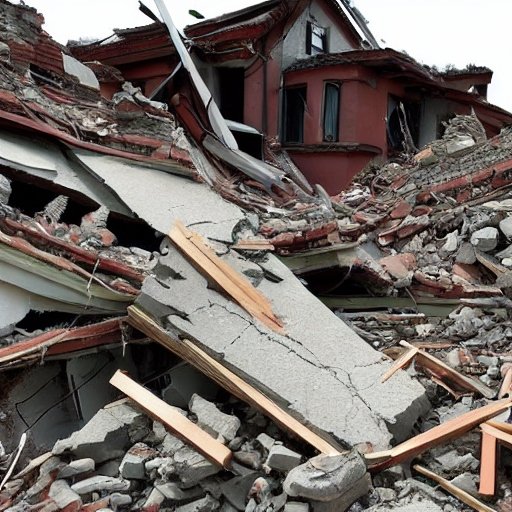Earthquakes are natural disasters that can cause significant damage and loss of life. Understanding the causes and effects of earthquakes, as well as implementing safety measures, can help mitigate their impact.
Causes of Earthquakes
Earthquakes are caused by the movement of tectonic plates. The Earth's crust is made up of several plates that are constantly moving and interacting with each other. When two plates come into contact, pressure can build up, and when that pressure is released, an earthquake occurs.
Effects of Earthquakes
The effects of earthquakes can be devastating. Earthquakes can cause buildings to collapse, roads to buckle, and bridges to fail. They can also trigger landslides, tsunamis, and other secondary hazards. The severity of an earthquake is measured on the Richter scale, with earthquakes of a magnitude of 7.0 or greater causing the most damage.
Safety Measures
There are several safety measures that can be taken to minimize the impact of earthquakes. One of the most important is earthquake-resistant construction. Buildings that are designed to withstand earthquakes are less likely to collapse or suffer damage. Early warning systems can also help alert people to impending earthquakes, giving them time to take shelter or evacuate if necessary. Emergency preparedness plans, such as stockpiling supplies and knowing evacuation routes, can also help reduce the impact of earthquakes.
Conclusion
Earthquakes are a significant threat to life and property, but with proper understanding and preparation, their impact can be minimized. By implementing earthquake-resistant construction, early warning systems, and emergency preparedness plans, communities can prepare for and respond to earthquakes in a way that minimizes their impact.
